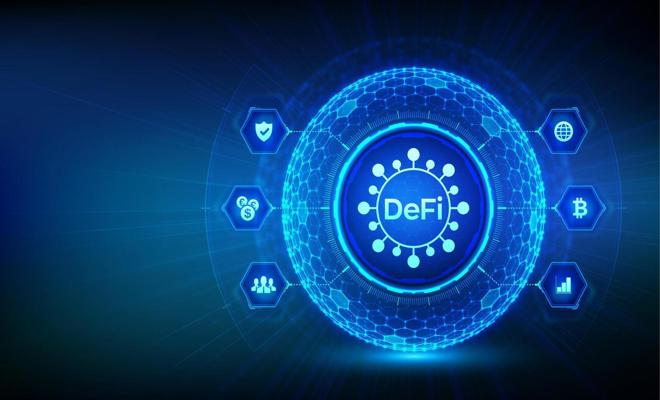
The Future of DeFi: Transforming the Global Financial Landscape
🌐 Understanding DeFi: A New Era of Finance
Decentralized Finance (DeFi) is transforming how we interact with money. Unlike traditional banking systems that rely on centralized entities like banks 🏦 and financial institutions, DeFi is built on blockchain technology—primarily Ethereum—and allows users to access financial services such as lending, borrowing, trading, staking, and investing without intermediaries.
At the heart of DeFi are smart contracts—self-executing code that automates agreements between parties. These contracts are transparent, trustless, and operate 24/7 without human intervention or borders.
💡 Why DeFi is Disrupting Traditional Finance
Traditional finance can be slow, expensive, and often inaccessible. DeFi flips the script by offering fast, low-cost, and inclusive alternatives. With just a digital wallet and internet connection, anyone can participate in a global financial network—no paperwork or credit checks required.
- 🌍 Global Accessibility: Open to anyone, anywhere, anytime.
- 🔒 Transparency: All transactions are recorded on public blockchains.
- ⚡ Speed: Instant transactions without delays or bank holidays.
- 🤖 Automation: Smart contracts eliminate middlemen and reduce errors.
- 💰 Cost-Efficiency: Fewer fees thanks to decentralized infrastructure.
🚀 Emerging Trends Shaping the Future of DeFi
DeFi is constantly evolving. Here are some key innovations defining its next phase:
- 🔗 Cross-Chain Interoperability: Bridges now allow assets and data to flow between blockchains like Ethereum, Solana, and Avalanche.
- 🏛️ TradFi Integration: Banks and financial institutions are exploring DeFi tech to improve liquidity and reduce operational costs.
- 📊 Institutional Adoption: Major investors are entering the space via tokenized assets and decentralized investment products.
- 🛡️ Regulatory Clarity: Governments are developing policies to support responsible DeFi growth.
- 🏗️ Layer 2 Scaling: Solutions like Arbitrum and Optimism are improving DeFi usability by cutting fees and increasing transaction speed.
📉 Challenges and Risks in DeFi
Despite its promise, DeFi still faces several challenges that participants must be aware of:
- 🐛 Smart Contract Risks: Vulnerabilities in code can lead to exploits and financial loss.
- 📜 Regulatory Uncertainty: Lack of global consensus may affect the legal status of DeFi projects.
- 👥 User Complexity: Non-technical users often struggle with DeFi interfaces and tools.
- 📈 Volatility: Rapid crypto price swings can destabilize DeFi protocols.
- 🎣 Scams & Rug Pulls: Open participation also opens the door to malicious actors and fraudulent projects.
🌍 DeFi’s Global Impact
More than just technology, DeFi represents a paradigm shift in financial access and empowerment:
- 📱 Banking the Unbanked: Millions in underserved regions now have access to savings and credit.
- 🪙 Tokenized Assets: Real-world items like property and commodities can be digitized and traded globally.
- 🛠️ Personal Finance Control: Users can earn passive income through staking, liquidity mining, and yield farming.
🔮 What’s Next for DeFi?
The road ahead for DeFi is promising—but it requires collaboration, innovation, and regulation. We can expect to see:
- ✅ Regulatory Frameworks: Laws that protect users without stifling innovation.
- 📲 Mobile-First Solutions: Apps that simplify DeFi access for mainstream users.
- 🤖 AI Integration: Smarter DeFi products powered by artificial intelligence and data analysis.
- 🌐 Expansion to Emerging Economies: DeFi will continue to empower users globally, especially where traditional banking falls short.
As traditional finance adapts to modern demands, DeFi stands ready to become a cornerstone of the 21st-century financial landscape.
⚠️ Disclaimer
This article is for informational purposes only and does not constitute financial advice. Please do your own research (DYOR) before interacting with DeFi platforms or investing in any cryptocurrency.